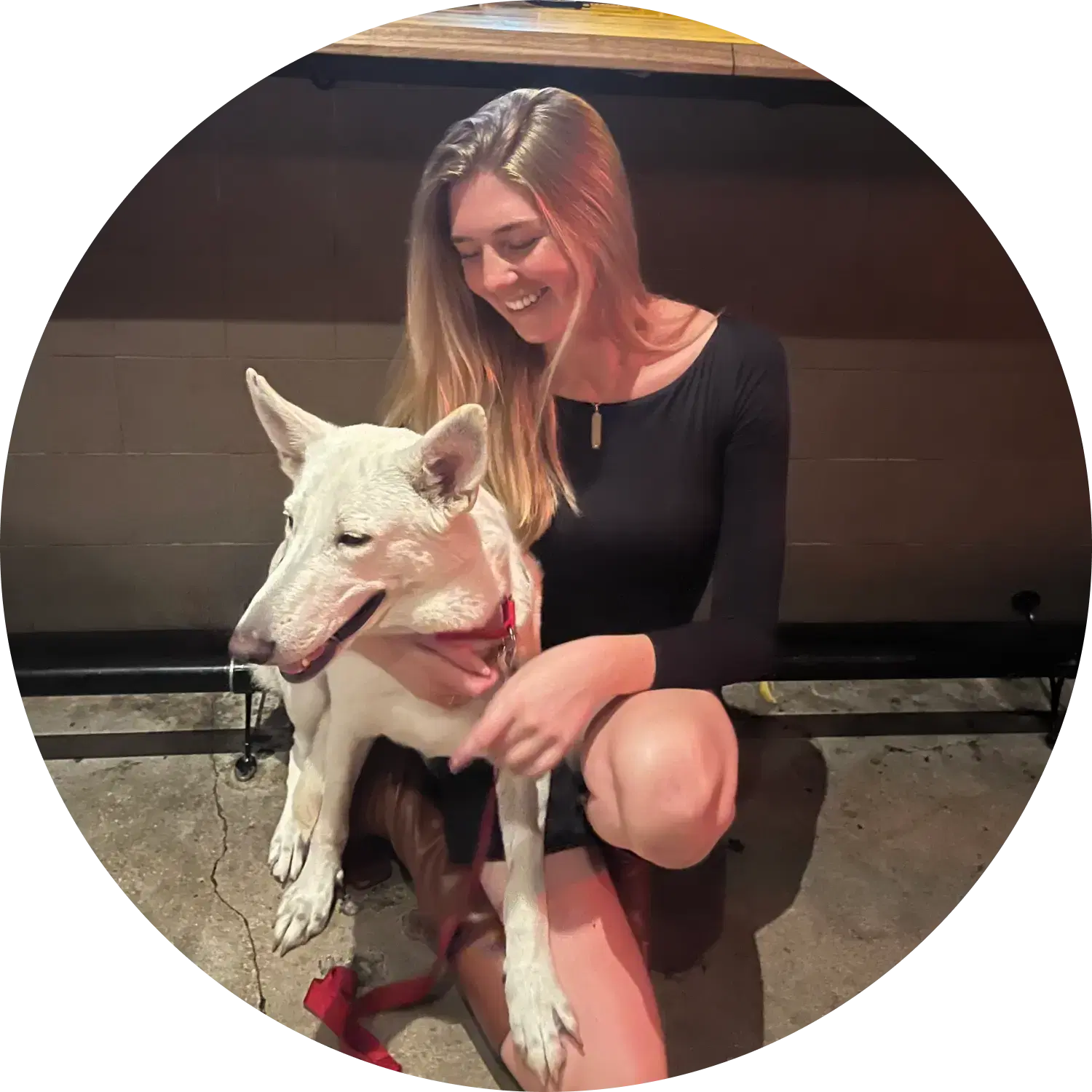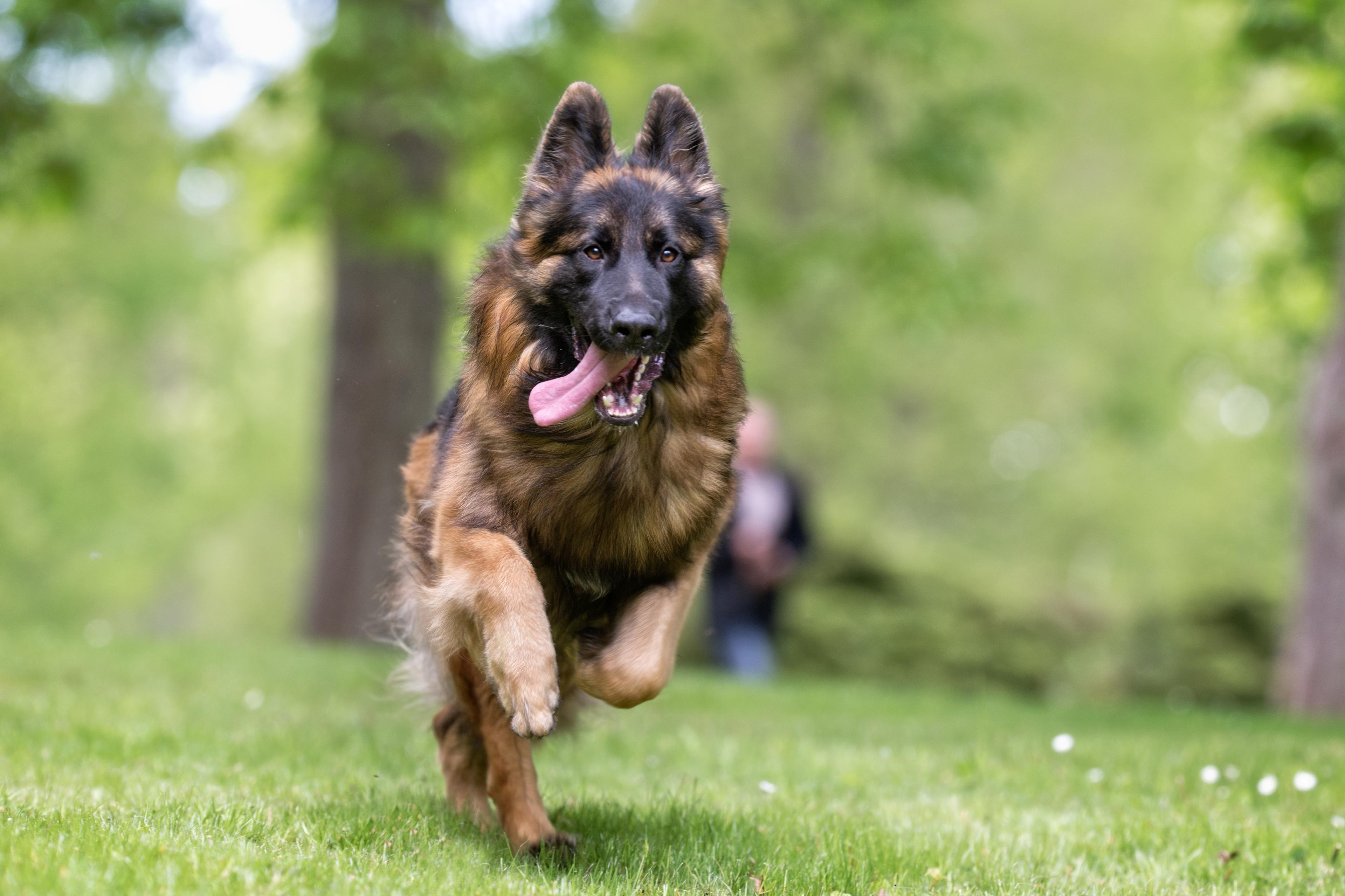Has weight watching and size zero reached the dog kingdom as well? Are we looking at Mr and Miss Doggoverse? We’re kidding. Watching your dog’s weight and calories is a good practice. But the main question here is how to know how many calories are okay for dogs. And if the same applies to all dogs. Let’s start by going back.
2000 years ago, early Romans fed barley bread soaked in milk and meat scraps to their farm dogs. The Europeans went a step ahead and built kennels with kennel chefs who made dog stews containing grains, vegetables, and some meat, usually offal. In the 1800s Empress Tzu His of China was reputed to feed her Pekingese shark fins, quail breasts, and antelope milk. The Europeans again went a step ahead with their nobility feeding roast ducks, cakes, candies, and even liquor to their dogs. (1)
From there, we’ve now come to packed and frozen kibble for our canine buddies. Probably because we’ve understood the importance of feeding prescribed, high-quality, vet-recommended food in the right quantity. Let us understand pet nutrition more in this article with the focus being on calories.
How Many Calories Should My Dog Eat?
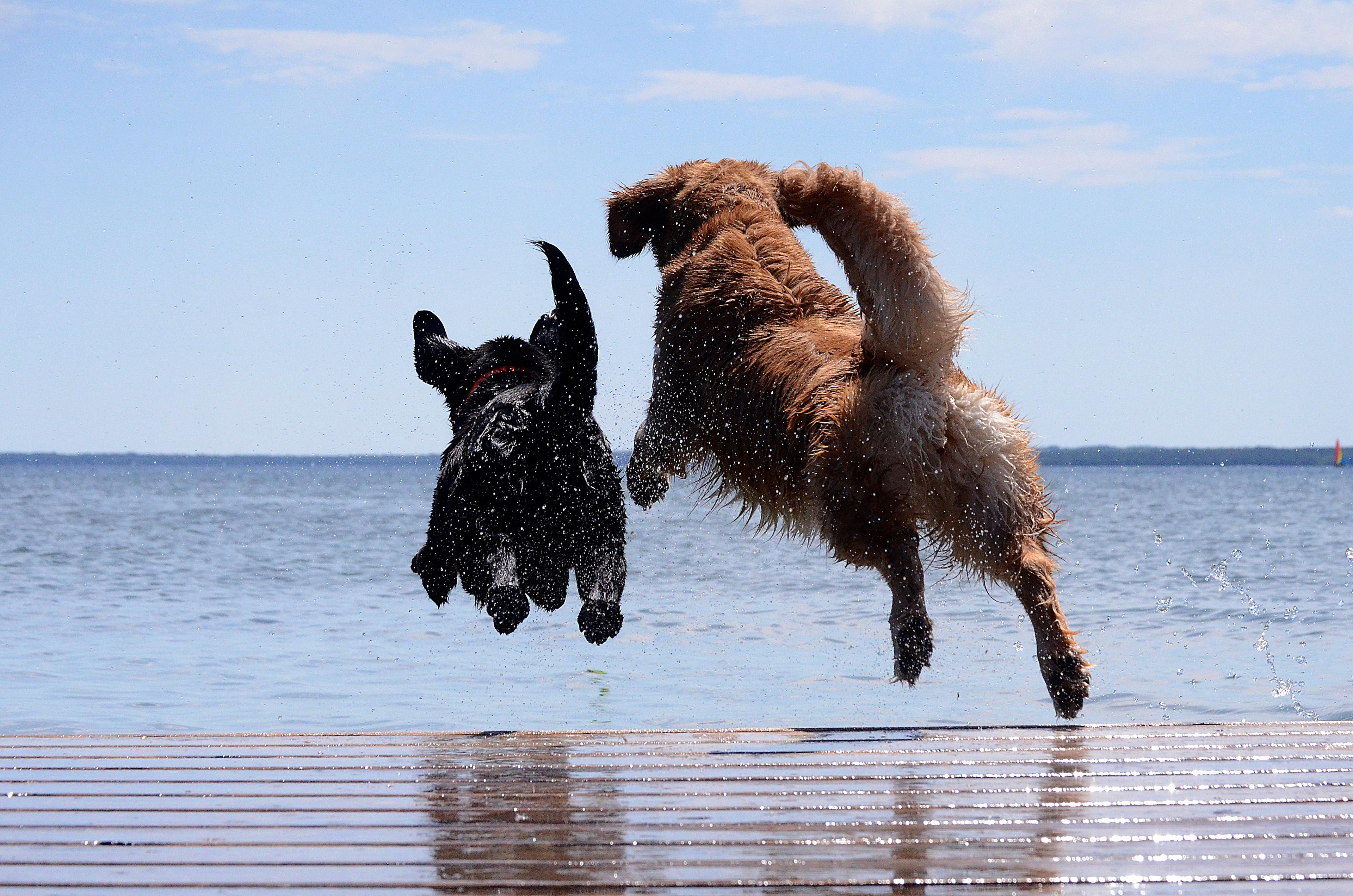
Calories are the energy content in the food. These are what fuel your dog’s life. Fats, proteins and carbs are the main sources of it. But every dog is different in terms of its weight, breed, size, and age. Hence the calorie requirement also depends on those factors.
Breed – Breed has an influence on the size of the dog. The bigger the size, the bigger the calorie intake requirement. Moreover, the breed’s coat also has an influence here. Ones with a thick double coat, like the Siberian Huskies, will require less energy than ones with a thin single coat like Pugs to stay warm in a cold environment.
Age – The more the age, the lesser the calorie requirement. The bodies of senior dogs tend to be less muscular, and muscle requires more energy to maintain than fat.
Body type – Muscles require more energy to maintain than fats. Dogs with a muscular body, hence need a higher calorie intake.
Spay/Neuter status - Sex hormones help maintain a dog’s muscle mass and can also increase activity levels. The calorie requirement, hence goes down after bring spayed or neutered.
Physical activity level – Just like humans, a dog with more physical activity will end up burning calories faster and hence will need more of it.
Individual metabolism – Some dogs do have a higher metabolic rate and end up burning more calories than others. Medical conditions like hypothyroidism can reduce the metabolic rate.
The popular way of calculating the energy requirement is 70 x body weight (kgs) x 0.75
For example, if your dog weighs 30 kgs, the calorie requirement would be –
= 70 x 30 (0.75)
= 70 x 22.5
= 1575 calories
Note that this formula is to calculate the resting energy requirement (RER). It does not take the dog’s age and lifestyle into consideration. For that, there are multipliers given below that you can add to the formula.
Spayed / Neutered Dog | 1.6 |
Unspayed / Unneutered dog | 1.8 |
Dogs wanting to lose weight | 1 |
Dogs wanting to gain weight | 1.7 |
Dogs with light exercise | 2 |
Dogs with moderate exercise | 3 |
Dogs with heavy exercise | 6 |
In case math is not your thing, an online calorie calculator for dogs can do the work for you. There are even charts that list typical calorie ranges for healthy adult dogs.
How Many Calories Should My Puppy Eat?
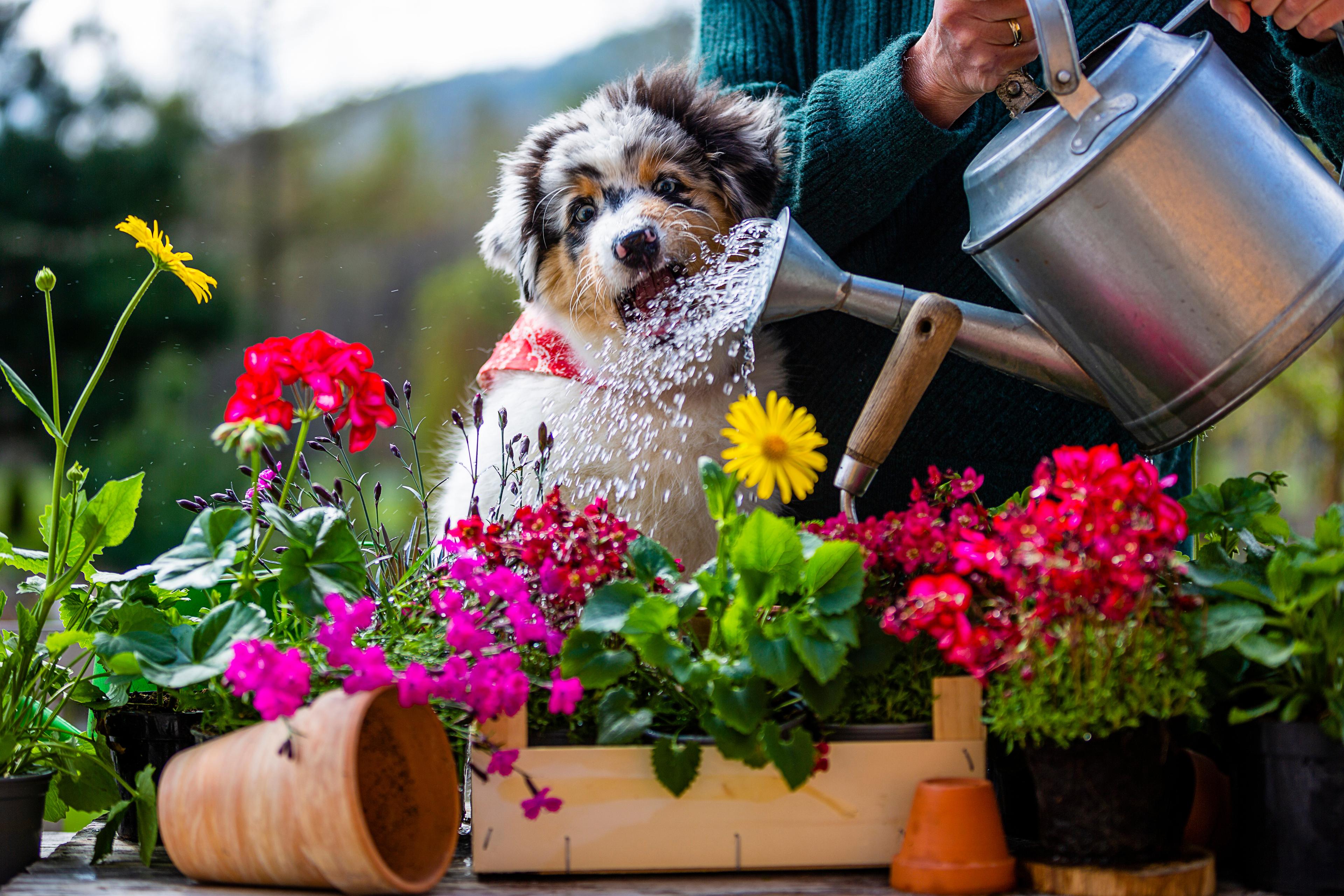
The above formula is to calculate the resting energy requirement for an average dog. For puppies, spayed, neutered dogs, etc. there is a multiplier to be added to the formula. For puppies less than 4 months old, you can multiply the RER by 3 and for the ones above 4 months, multiply it by 2. Okay here’s a simple version for you if your pup is less than 4 months old–
Pup’s weight | Calories / day |
10 | 600 |
20 | 1200 |
30 | 1500 |
40 | 1800 |
50 | 2100 |
60 | 2400 |
For pups between 4 months – 1 year of age –
10 | 400 |
20 | 800 |
30 | 1000 |
40 | 1200 |
50 | 1400 |
60 | 1600 |
(Keep adding 200 calories for every 10 additional pounds)
How Many Calories Should I Feed My Dog If I Want it to Lose Weight?
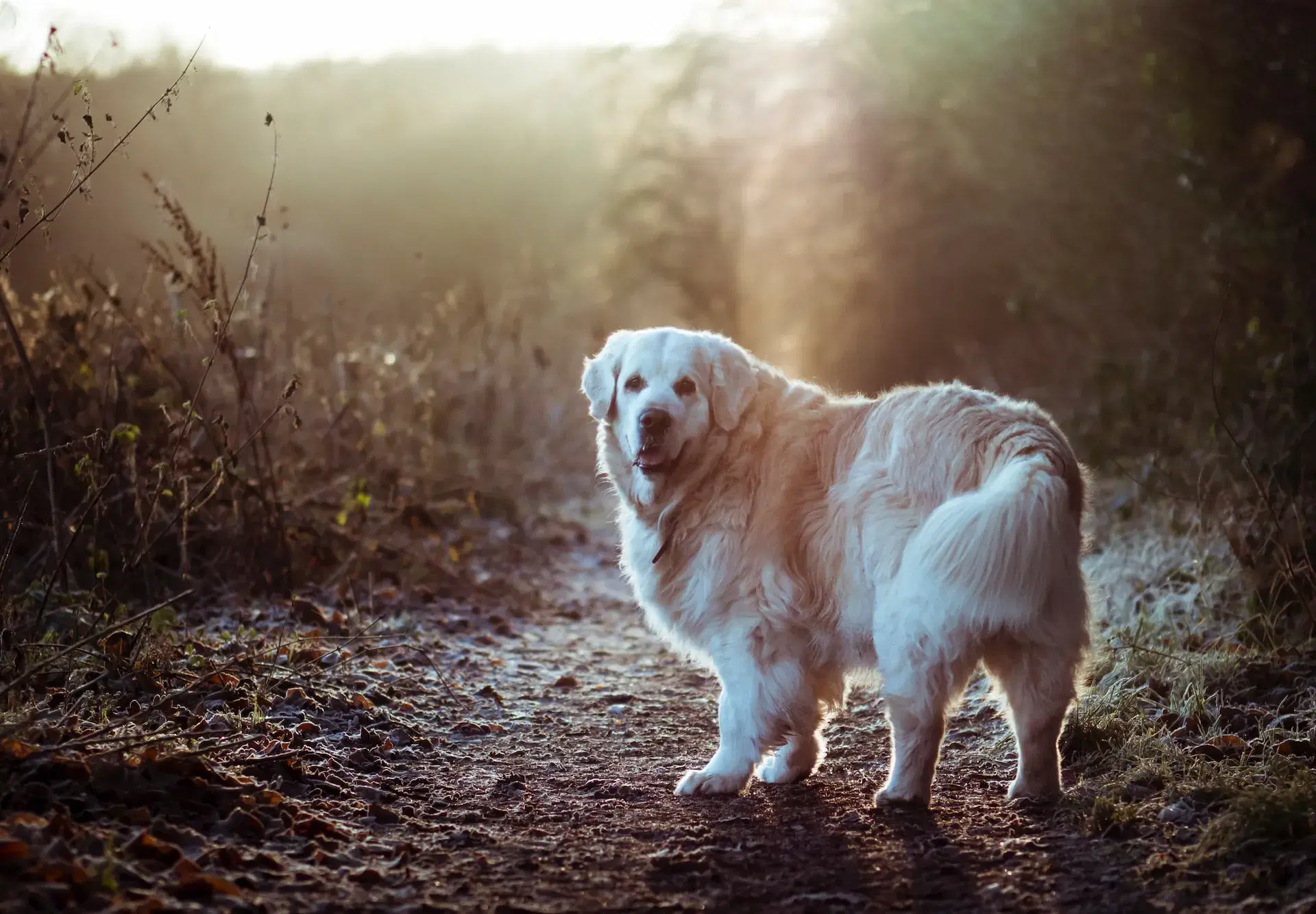
The math is simple here. If your dog eats too few calories, they will lose weight as the body burns fat, and eventually muscle, to supply the energy missing in their diet. And if your dog consistently eats more calories than needed, they will gain weight as the extra energy is stored as body fat.
The multiplier used for dogs that need to lose weight is 1. So basically, you need to stick to the resting energy requirement for such a dog.
How Do I Know If I’m Feeding My Dog Enough?
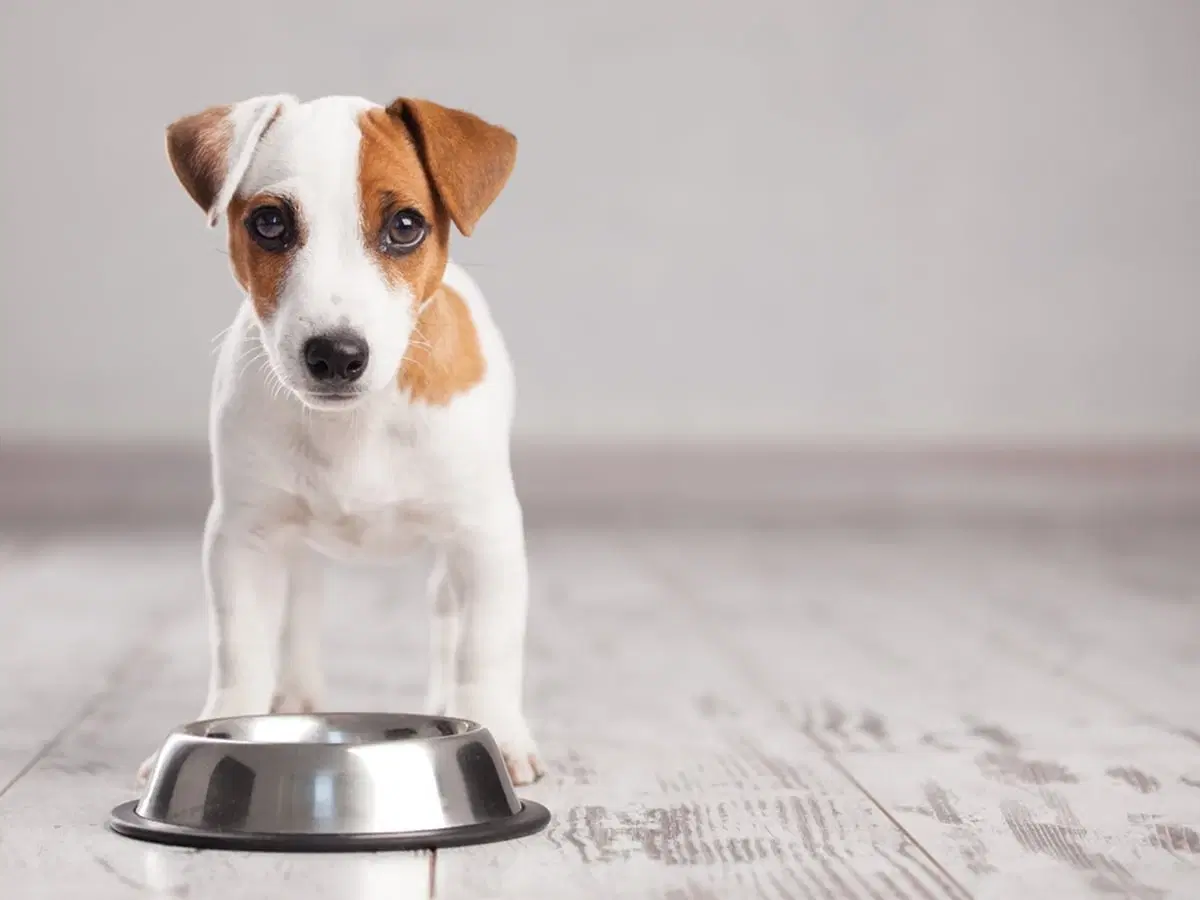
There are signs that you can look for to know if you’re underfeeding your dog. These include – (2)
Extremely exaggerated waist instead of a gradual slope.
Visible ribs without any considerable fat on them.
Loss of hair in patches on your dog’s skin.
While you’re ensuring the right amount of calories for your dog, it is also important to ensure the right quality of food for your dog. Just because your dog needs 2000 calories per day, doesn’t mean feeding a couple of chocolate-loaded brownies will do the job. You can end up ruining your dog’s health and even cause serious problems at times if the right quality and right quantity of food is not fed.
More About Spot Pet Insurance
Dogs are considered overweight when they weigh 10%-30% above their ideal body weight. Obesity is diagnosed when a dog’s weight exceeds 30% of their ideal body weight. Recent statistics show that the majority of pets in the United States – about 56% of dogs and 60% of cats, are overweight or obese. (3)
Obesity shortens a dog’s life and makes them more likely to develop disease. A study of Labrador retrievers found that being even moderately overweight can reduce a dog's life expectancy by nearly two years compared to their leaner counterparts. (4)
With pet health insurance, you can save up to 90% of the vet bills when such problems occur with your pet. At Spot Pet, we also cover prescription diets, medications, specialist visits, and much more.
Spot accident and illness plans can be used with any licensed vet in Canada or the U.S. Whether you are home, or traveling to the U.S., veterinary services your pet receives for the diagnosis, treatment, or management of covered conditions can be eligible for reimbursement. Spot’s accident and illness plans can help cover a variety of conditions including broken bones, lacerations, aggression, kidney disease, diabetes, and more. With the addition of Wellness Riders for an extra cost, you can also receive reimbursements for wellness exams, certain vaccinations, dental cleanings, and more.
Learn more about dog insurance, and cat insurance or get a free quote!
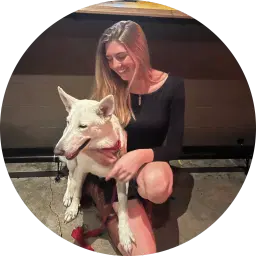
The resident animal enthusiast at Spot. I have a lifetime of pet parent experience. If it has fur, feathers, or scales, I’ve probably shared my home with it. I aim to be a reliable source, blending experience with a dedication to the well-being of pets.
*Jan 2019 to April 2024 administrator claims data.
1. “A Brief History of Dog Diets That Will Shock You - Northwest Naturals.” Www.nw-Naturals.net, 27 Dec. 2022, www.nw-naturals.net/blog/a-brief-history-of-dog-diets-that-will-shock-you/.
2. “How Many Calories Does a Dog Need?” Www.petmd.com, 31 Oct 2023, www.petmd.com/dog/nutrition/how-many-calories-does-a-dog-need.
3. Gibeault, Stephanie. “How to Tell If Your Dog Is Underweight.” American Kennel Club, American Kennel Club, July 2024, www.akc.org/expert-advice/nutrition/is-my-dog-underweight/.
4. for, Association. “Association for Pet Obesity Prevention.” Association for Pet Obesity Prevention , 2022, www.petobesityprevention.org/2022#:~:text=2022%20Pet%20Obesity%20U.S.%20Prevalence.
5. “Obesity in Dogs: VCA Animal Hospitals.” Vca, n.d, vcahospitals.com/know-your-pet/obesity-in-dogs#:~:text=%22A%20large%2C%20lifetime%20study%20of,and%20adding%20to%20body%20mass.
The information presented in this article is for educational and informational purposes only and does not constitute or substitute for the advice of your veterinarian.
